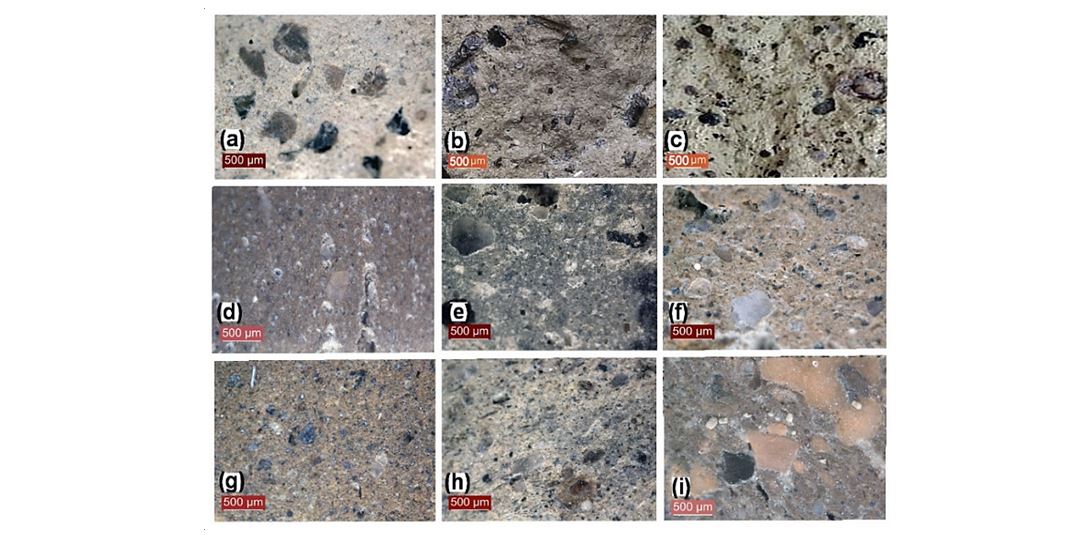The provenance study of the raw materials of the antique terracota found near the Crimean Bridge in the Bay of Panticapaeum: Natural-Science Approach
Seminars
Frank Laboratory of Neutron Physics
Nuclear Physics Department
Leader – E. V. Lychagin
Date and Time: Wednesday, 26 January 2022, at 11:00 AM
Venue: online seminar on Webex, Frank Laboratory of Neutron Physics
Information about seminar and link to join
Seminar topic: “The provenance study of the raw materials of the antique terracota found near the Crimean Bridge in the Bay of Panticapaeum: Natural-Science Approach”
Authors: Kovalchuk M.V., Makarov N.A., Yatsishina E.B., Greshnikov E.A., Badawy W.M., Dmitriev A. Yu., Dorovatovskii P.V. Lobachev V.V., Presnyakova N.N., Svetogorov R.D., Trunkin I.N., Olkhovsky V.S., Kashkarov P.K., Chepurchenko N.N.
Speakers: Greshnikov E.A., Badawy W.M.
The present work was conducted to decipher the provenance of the ceramic raw materials of ancient sculptural terracotta found during the construction of the pillars of the Crimean bridge. The National Research Center “Kurchatov Institute” and the Joint Institute for Nuclear Research studied the ceramic dough of sculpture and samples-standards of dated ancient amphorae from the production centres of the Black Sea and the Mediterranean (from the archaeological collection of the IA RAS). Taking into account the limitations associated with the preservation of a valuable object of cultural heritage, a multi-level research methodology based on a complex of natural scientific methods was used.
The structure of the ceramic paste samples was examined by optical microscopy. Mineral compositions of ceramics were studied by synchrotron diffraction methods. With the help of energy dispersive X-ray microanalysis (EDM), the elemental composition of mineral volcanic inclusions – pyroxenes (markers of provenance) was established, which made it possible to clarify their varieties. The elemental compositions of ceramics and terracotta were measured by the neutron activation analysis (NAA), and the obtained results were processed by multivariate statistical analysis. By comparing all the obtained geochemical characteristics of the samples, we are able to establish the most probable region of origin of the ceramic raw materials of sculptural terracotta – the region of Latium (central Italy).
